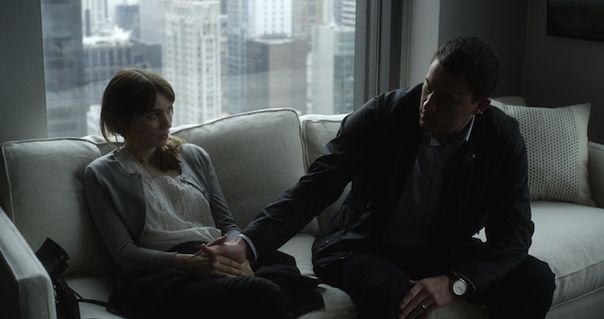BITE THE PILL
Soderbergh’s latest is a tightly knit postmodern thriller.

SIDE EFFECTS
Ever since discovering digital filmmaking (and, ironically, after announcing his retirement), Steven Soderbergh seems to have been reborn. Making a film a year (if not more), the eclectic director has fully embraced technological advancements that allow for faster and better workflow. Working as director, cinematographer and often, also as editor, Soderbergh makes filmmaking look easy.
Set in the cutthroat world of pharmaceuticals, SIDE EFFECTS is an incredibly twisty, edge-of-your-seat thriller. Its structural intricacies and character dynamics are as fluid as the chemicals of the brain on narcotics. Yet the plot is almost incidental; the film is a cocktail of power-hunger and manipulation, in which Jude Law, Rooney Mara (both excellent), Channing Tatum and Catherine Zeta-Jones navigate a greedy world. If THE GIRLFRIEND EXPERIENCE and MAGIC MIKE were about making ends meet, this latest film closes the director’s loose post-collapse trilogy, packaging a bleak outlook within the requirements and conventions of the postmodern-thriller.
Under its conventional allure, SIDE EFFECTS reveals an experimental spirit. Quite literally painting with pixels, Soderbergh uses the techniques of digital cinematography to evoke the sickly, the paranoid, and the oppressive; photographing his actors in shallow depth of field, freely colour-coding – yellows, reds, greys – and making striking, impressionistic use of halos and bokeh. A pattern of alienated faces and buildings emerges and the film, as a result, becomes a unique experience – its images admittedly overshadowing plot and performance.
As many have pointed out, the film is, amusingly, Soderbergh’s excuse to pay homage to grandmaster Alfred Hitchcock. Overall, SIDE EFFECTS is an intelligently crafted, accessible and sinuous film for those unafraid to embrace new aesthetics while getting wrapped up in a good old conspiracy thriller.

